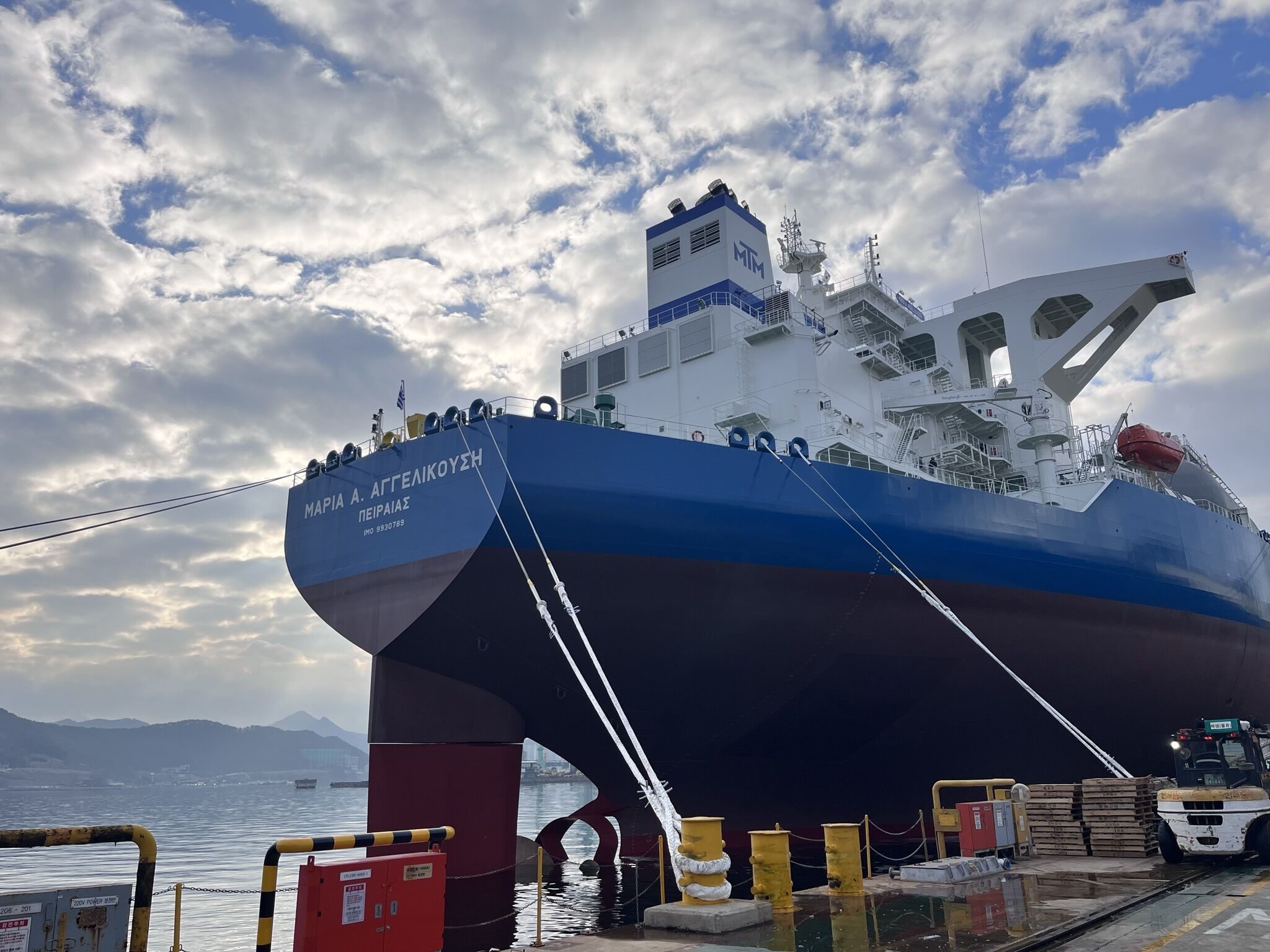The VLCC tanker sector experienced a very low newbuilding orderbook, however, shipbroker Poten & Partners expects the VLCC orderbook to more than double in 2024.
In its weekly report Poten noted that from the beginning of 2024 the VLCC orderbook stood at 23 vessels or 2.6% of the trading fleet. This compares to 9.9% for Suezmaxes and 12.7% for Aframaxes/LR2s.
As it is mentioned in the analysis, unlike the Suezmaxes and Aframaxes, VLCCs did not get a major boost from the trade flow dislocations after the Russian invasion of Ukraine in 2022. The current Red Sea crisis also has until now less impact on VLCCs than on the smaller tankers.
However, Poten thinks the situation will change this year, and notes fewer container ship and LNG carrier orders have opened up yard slots.
“However, most of all, major VLCC owners are looking at the extremely low orderbook and decided that the oil market needs more than a handful of VLCC deliveries every year. And once a few high-profile owners take the plunge, we expect that more will follow. We forecast that the VLCC orderbook will more than double in 2024,” the report said.
Meanwhile, tanker recycling was at a very low level in 2023, but in accordance with Poten this is expected to change in 2024.
Data from Lloyd’s List Intelligence shows that only 14 tankers (>10,000 dwt) were recycled last year, down from 57 in 2022 and 95 in 2021. This was the lowest level in at least 20 years. The tanker fleet it has been getting older.
Since 2019, the average age of the tanker fleet has increased by four years (from 9.1 in Jan 2019 to 13.1 currently). With the limited deliveries scheduled over the next 2 years, the fleet will likely get even older, as Poten mentions.
“EU scrutiny on secondhand sales as part of a new set of sanctions on Russia could make owners more reluctant to sell ships to unknown buyers. However, more importantly, we think the dark fleet has reached a level where it is big enough to service the sanctioned trades,” the analysis noted.
Poten expects tanker recycling in 2024 to reach at least 50 vessels.



